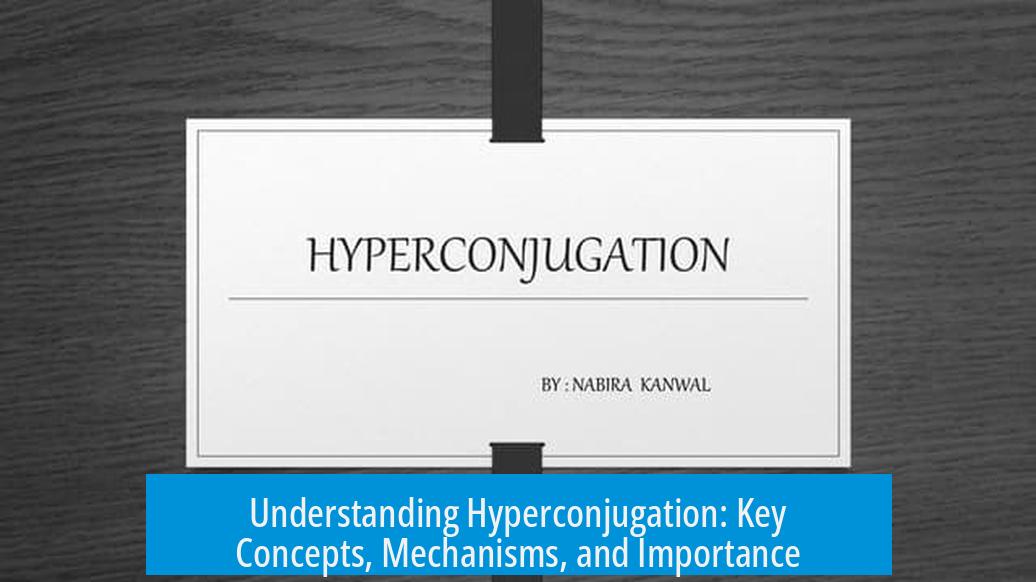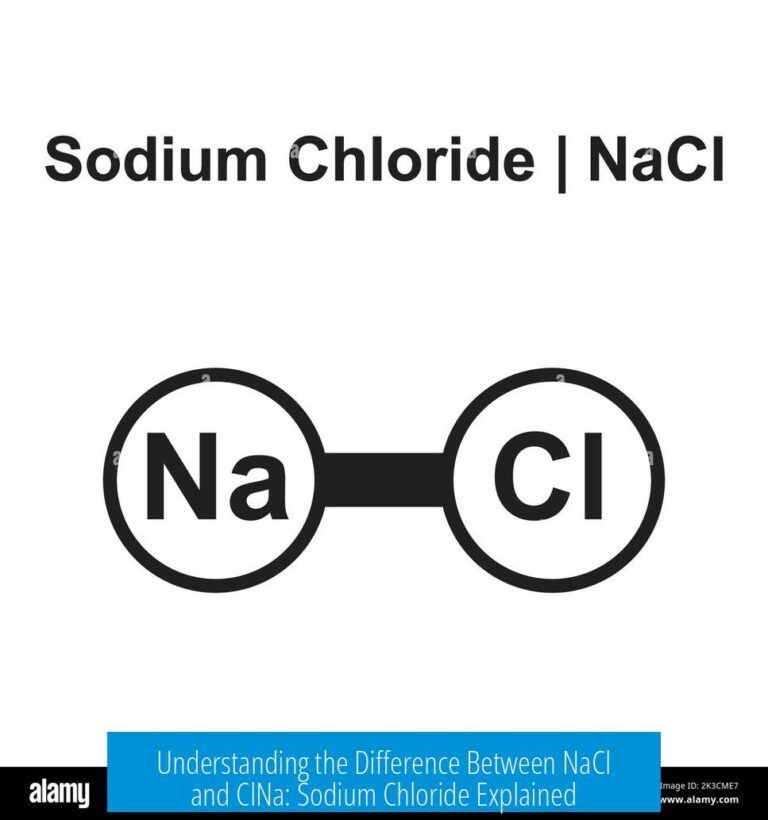Can Someone Explain Hyperconjugation to Me?
Hyperconjugation is the delocalization of electron density from sigma C-H bonds of alkyl groups adjacent to an electron-deficient center, such as a carbocation, which spreads out positive charge and stabilizes the molecule. This concept plays a critical role in understanding carbocation stability and reactivity in organic chemistry.
Basic Concept of Hyperconjugation
To grasp hyperconjugation, imagine a container with two compartments filled with gas—one side with high concentration, the other with low concentration. When the barrier between them is removed, gas flows until concentrations equalize. Electrons behave similarly, moving from regions of high electron density to lower ones.
Although sigma bonds are typically drawn as sticks connecting atoms, the two electrons in a C-H bond form an electron cloud or wave. Around a methyl group, multiple C-H bonds create overlapping electron clouds with relatively high electron density.
In molecules containing carbocations, like tertiary carbocations, these electron clouds from adjacent C-H bonds spread toward the carbocation’s positively charged carbon. This electron density transfer results in a stabilizing interaction called hyperconjugation.
How Hyperconjugation Stabilizes Carbocations
Carbocations bear a positive charge on a carbon atom that lacks a full octet of electrons. Such a charge attracts electron density from neighboring bonds. Hyperconjugation allows adjacent sigma C-H bonds to donate electron density, effectively distributing and reducing the intensity of the positive charge.
The extent of stabilization correlates with the number of electron-donating alkyl groups bonded to the carbocation. A tertiary carbocation, bonded to three alkyl groups with multiple C-H bonds, benefits from more hyperconjugative interactions than a secondary carbocation with only two such groups.
Primary and methyl carbocations show very little stabilization through hyperconjugation due to the limited availability of adjacent alkyl groups. This explains why tertiary carbocations are more stable, followed by secondary, and primary carbocations are the least stable.
Mechanism and Specificity of Hyperconjugation
Hyperconjugation involves electron donation from the sigma bonds of adjacent carbons directly attached to the positively charged center. Specifically, it relies on electrons in C-H bonds next to the carbocation center moving towards the region of electron deficiency.
This effect should not be confused with the inductive effect. While both rely on electron density shifting along sigma bonds, the inductive effect occurs through bonds directly attached to the electronegative or positively charged atom itself, not from adjacent atoms’ bonds.
Both hyperconjugation and the inductive effect share a common principle: electron clouds flow from higher to lower electron density regions. Hyperconjugation involves partial overlap between C-H sigma orbitals and adjacent empty p-orbitals or positively charged centers, facilitating electron delocalization.
Why Hyperconjugation Matters
Understanding hyperconjugation helps explain why certain carbocations show greater stability. This stability directly influences reaction kinetics and mechanisms, especially in processes like electrophilic addition, substitution, and rearrangements.
For example, the enhanced stability of tertiary carbocations via hyperconjugation means they form more readily and tend to react differently than less stable primary carbocations. This concept also underpins how alkyl substituents act as electron-donating groups, leveraging sigma bond electron density.
Hyperconjugation’s role extends beyond carbocation chemistry to influencing the conformations of alkenes and radicals. It helps explain trends in bond lengths, ionization energies, and even spectroscopy characteristics related to molecular orbitals.
Additional Insights and Considerations
- Hyperconjugation requires the availability of adjacent C-H bonds; alkyl groups connected to the carbocation provide these bonds.
- Carbon-hydrogen bonds donate electron density better than carbon-carbon bonds in this context, which affects the degree of stabilization.
- Electron withdrawing groups reduce hyperconjugative effects, whereas electron donating groups enhance them.
- Although hyperconjugation spreads electron density, it does not involve classical pi bond resonance but rather interaction through sigma orbitals.
Summary Table: Carbocation Stability and Hyperconjugation
| Carbocation Type | Adjacent Alkyl Groups | Number of C-H Bonds Donating Electron Density | Relative Stability |
|---|---|---|---|
| Tertiary | 3 | Many (3 groups x multiple C-H) | Highest Stability |
| Secondary | 2 | Moderate | Medium Stability |
| Primary | 1 | Few | Low Stability |
| Methyl | 0 | None | Lowest Stability |
Further Study Recommendations
Those interested in exploring hyperconjugation further can consult detailed chemical references and resources like Wikipedia’s hyperconjugation article. These sources discuss theoretical underpinnings, experimental evidence, and computational studies supporting hyperconjugation’s role.
Key Takeaways
- Hyperconjugation stabilizes carbocations by delocalizing electron density from adjacent C-H sigma bonds toward a positively charged carbon.
- Tertiary carbocations are most stable due to maximal hyperconjugative interactions from multiple neighboring alkyl groups.
- It is distinct from the inductive effect, though both involve electron density shifts in sigma bonds.
- Electron-donating alkyl groups facilitate hyperconjugation, while primary and methyl carbocations lack sufficient bonds for this effect.
- The concept helps explain carbocation reactivity trends and underlies important organic reaction mechanisms.
What exactly is hyperconjugation in simple terms?
Hyperconjugation is the spreading of electron density from nearby C-H bonds to a positively charged atom, like a carbocation. This sharing of electrons helps stabilize the positive charge.
How does hyperconjugation affect carbocation stability?
Hyperconjugation stabilizes carbocations by distributing the positive charge over multiple bonds. More adjacent alkyl groups mean more electron donation, making tertiary carbocations more stable than secondary or primary ones.
What is the difference between hyperconjugation and the inductive effect?
Hyperconjugation involves sharing electrons from sigma C-H bonds on adjacent carbons. The inductive effect is electron donation or withdrawal through sigma bonds directly attached to the charged atom. Both spread out electron density but through slightly different paths.
Why are primary and methyl carbocations less stable with respect to hyperconjugation?
Primary and methyl carbocations have fewer or no adjacent alkyl groups to donate electron density. Without enough neighboring C-H bonds to share electrons, the positive charge remains concentrated, making them unstable.
Can hyperconjugation be explained using a simple analogy?
Yes, it can be compared to gas moving from a high concentration to a low concentration area. Electron clouds from C-H bonds behave like this gas, spreading out to balance electronic charge in the molecule.





Leave a Comment